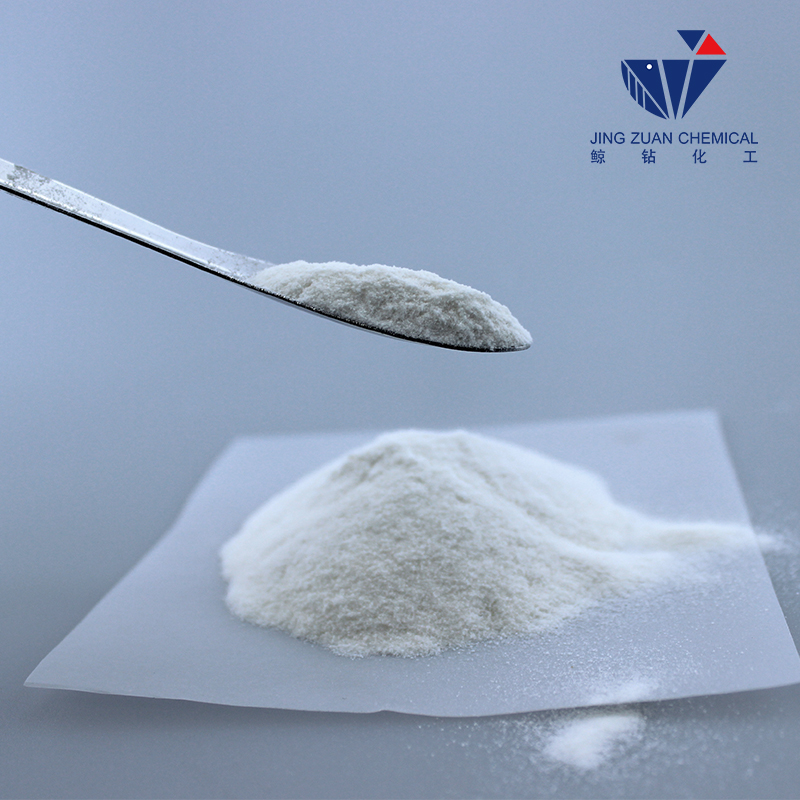
Dec . 03, 2024 18:41 Back to list
Understanding HPMC and Its Applications in Various Industries
What is HPMC?
Hydroxypropyl Methylcellulose (HPMC) is a widely used polymer known for its versatility and practical applications in various industries. Derived from cellulose, HPMC is a semi-synthetic, non-ionic polymer that possesses a unique combination of properties, making it an essential ingredient in many formulations, particularly in food, pharmaceuticals, cosmetics, and construction materials.
Chemical Structure and Properties
HPMC is produced by chemically modifying cellulose through the addition of hydroxypropyl and methyl groups. This modification enhances solubility in water and provides additional functional properties. The polymer is available in various viscosity grades depending on the degree of substitution and polymerization. HPMC is primarily known for its excellent film-forming capabilities, emulsification, and thickening properties.
One of its notable features is its ability to form viscous solutions in water, which can be adjusted by altering the concentration and specific grade of HPMC used. This characteristic makes it an ideal component in products needing consistent texture and stability.
Applications in Pharmaceuticals
In the pharmaceutical industry, HPMC is commonly utilized as a binder, thickener, and controlled-release agent in tablet formulations. It not only improves the mechanical strength of tablets but also helps in the controlled release of active ingredients, enhancing drug delivery efficiency. HPMC is often used in the production of supramolecular drug delivery systems where it aids in the formation of gels, providing sustained release profiles essential for various therapeutic applications.
Furthermore, HPMC is also incorporated into ophthalmic formulations due to its excellent ability to retain moisture and lubricity, which is particularly advantageous in dry eye treatments.
what is hpmc

Applications in Food Industry
In the food industry, HPMC serves as a stabilizer, thickener, and emulsifying agent. It is commonly found in products such as sauces, salad dressings, and desserts. Its ability to enhance texture and mouthfeel makes it a popular choice among food manufacturers. Additionally, because HPMC is a plant-derived product, it meets the standards for vegetarian and vegan foods, further increasing its appeal in the market.
HPMC also acts as a fat replacer, helping to lower the caloric content of food products without sacrificing taste or texture. This makes it especially valuable in the development of low-fat and reduced-calorie foods.
Applications in Construction
In the construction sector, HPMC is a key additive in cement-based materials, such as mortars and plasters. It improves workability, water retention, and adhesion properties of these materials. The incorporation of HPMC helps to ensure that the mixtures maintain appropriate moisture levels during the curing process, which is crucial for achieving optimal mechanical strength.
HPMC also enhances the spreadability and leveling properties of products like tile adhesives and self-leveling compounds, making it easier for workers to achieve high-quality finishes in construction.
Conclusion
In summary, Hydroxypropyl Methylcellulose (HPMC) is an invaluable polymer with a myriad of applications across multiple industries. Its unique properties such as thickening, emulsifying, and film-forming capabilities make it a perfect candidate for formulations in pharmaceuticals, food, and construction. As industries continue to evolve, the demand for versatile and effective products like HPMC is likely to grow, solidifying its role as an indispensable ingredient in modern formulations. Whether improving drug delivery systems, enhancing food textures, or aiding in construction processes, HPMC proves to be a remarkable component in a diverse range of applications.
-
Versatile Hpmc Uses in Different Industries
NewsJun.19,2025
-
Redispersible Powder's Role in Enhancing Durability of Construction Products
NewsJun.19,2025
-
Hydroxyethyl Cellulose Applications Driving Green Industrial Processes
NewsJun.19,2025
-
Exploring Different Redispersible Polymer Powder
NewsJun.19,2025
-
Choosing the Right Mortar Bonding Agent
NewsJun.19,2025
-
Applications and Significance of China Hpmc in Modern Industries
NewsJun.19,2025







